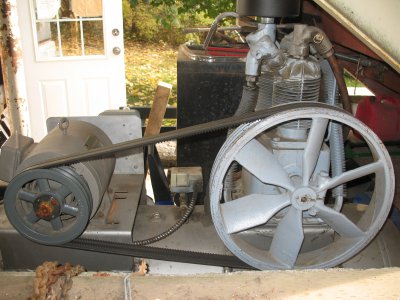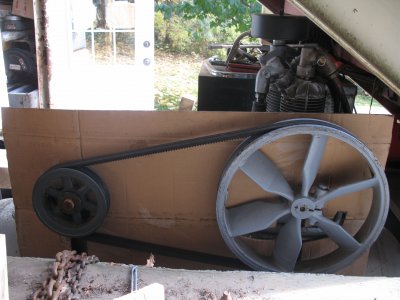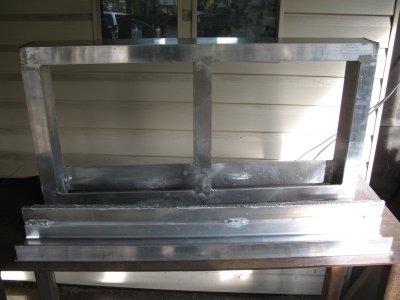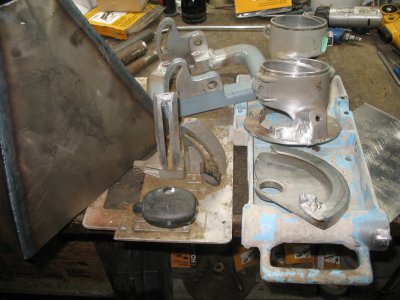- Joined
- Sep 24, 2010
- Messages
- 3,096
Many new and inexperienced welders fall into this trap and never seem to get out. So I am gonna tell you lucky folks the secret to getting beyond this and laying down some great beads when your done. First off it is called practice. Not aimless burning for the fun of it. The goal should be a recognizable performance measure such as gun angle, stick out or travel speed every time you strike up. Beads should be run with the goal in mind and a critical eye shoul be applied to the result. I recomend starting on minimum 1/8 thick mild steel and conquering all of the positions and joint preperation techniques before moving into thinner stuff. Once you got it down to the point of consistent, very high quality beads every time, it is time to learn Aluminum. Alli is not that much harder or magic, it just requires good technique, and very clean base metal to get good results. Your technique should be evolving after all the mild steel practice you have just completed, and we all know cleanliness is next to......, but it can be done fairly easilly. All the hype you hear about stainless brushes is true. get a flapper wheel and dust off the alli well, then a good thorough wipe with acetone on both pieces of the weldment and the filler rod you are planning to use. Then a good thorough brushing with a dedicated wire brush will remove the layer of oxide that formed while you read the last sentence and your off. Start again at the 1/8th thickness and move through all of the possible joint and prep configurations and you should have a pretty good foundation to begin a little welding. One of the most important things any new welder should do is to sign up at a local Community College or Tech school and own both of the recomended texts as a minimum. The Lincoln 14th edition of "The Procedure Handbook of Arc Welding" and the Miller student pack are both invaluable while you are learning and will become oft referred to texts when you have moved on. . The wire, consumables, gas and raw material you use during this short period at the local Community College would actually cost more than the tuition and allow you the opportunity to have your skills improved and you technique critiqued by a qualified welder. One on one time with a real welder who knows what good and bad look like and what causes both is priceless. Those two facts alone will help you to improve and get beyond the trap faster. I have made an assumption that all of us would like to be tig welders. If your aspirations do not extend to the pinacle then your climb will be considerably shorter and easier. Keep in mind that does not minimize or negate any of the above steps. It only removes one process and the skills neccessary to be proficient at it. I also recomend keeping a notebook in you shirt pocket that has the info on the welds you perform for a year or so. It will be a roadmap of what works and what does not and why. Once you get in the habit of keeping this info you will see trends as they develop and shorten your time in the trap. I know these recomendations seem overly simplified and banal but you would be surprised how many novices remain novices through their entire welding careers. They never read any of the literature, and "practice" aimlessly or on "work" for others and generally stumble through and luckily manage not to kill themselves or others. A good strong respect for the forces involved and the possible results of a poor weld cannot be over emphasized.





